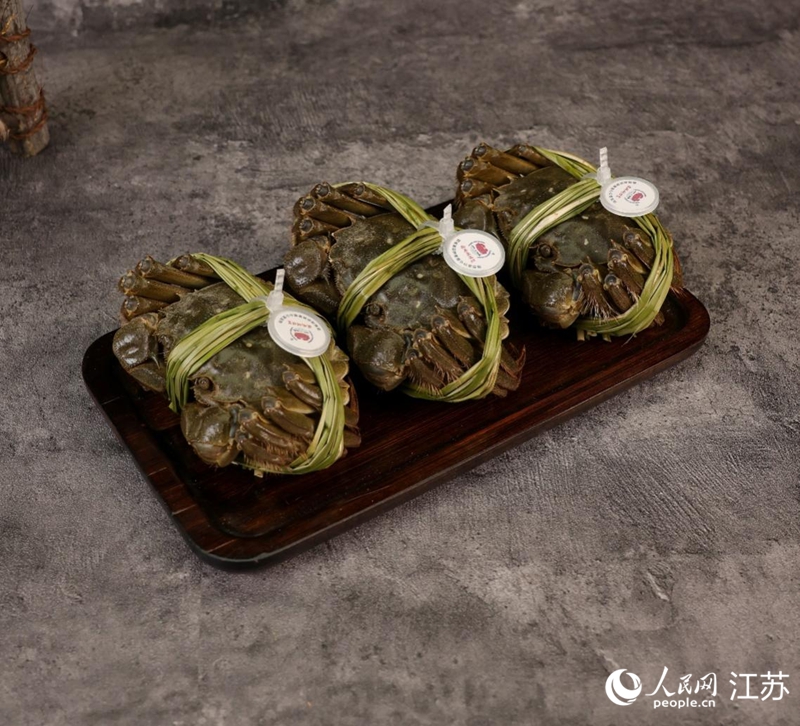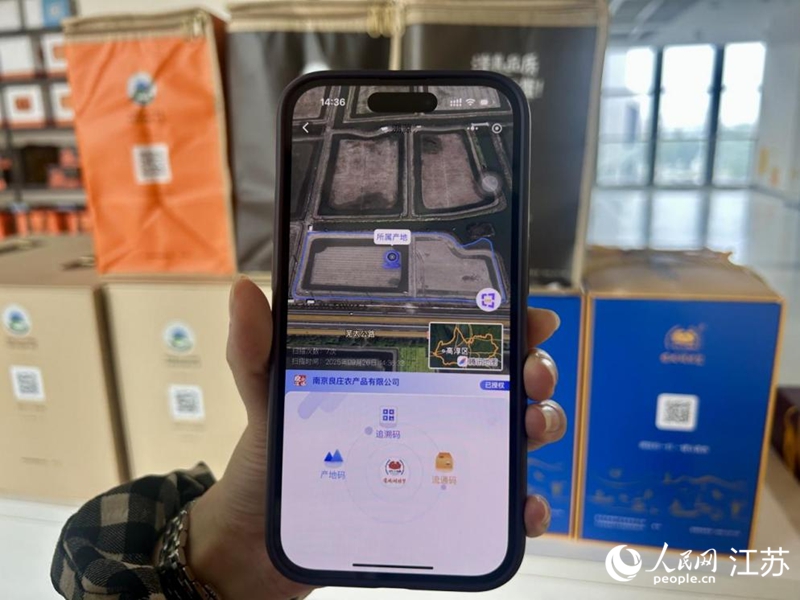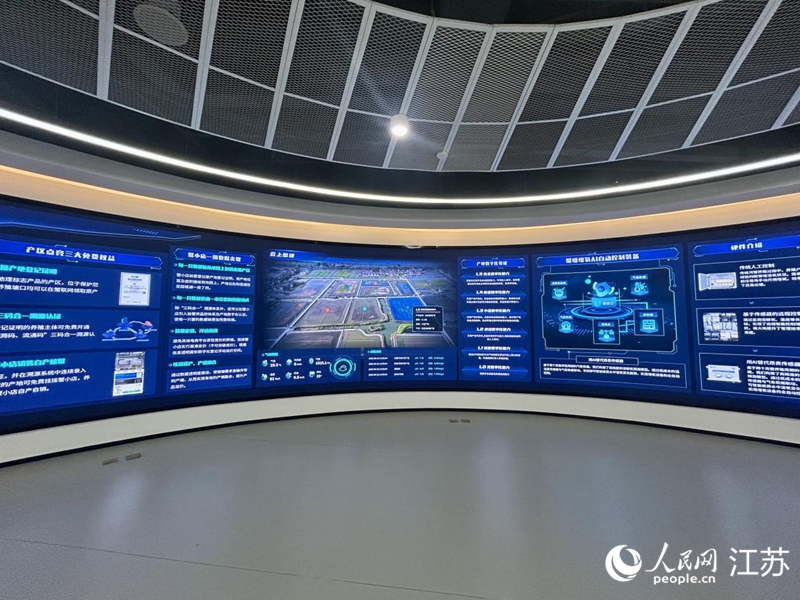




- BRNN
- BRI News
- BRNN News
- Database
Official Documents Polices and Regulations
Inter-government Documents International Cooperation BRI Countries
Business Guide Economic Data BRI Data
Trade
Investment Projects Latest projects
Cases - Content Pool

Photo shows Gucheng Lake crabs with traceability tags. (People's Daily Online/Wang Dandan)
At 5 a.m. on Gucheng Lake in Gaochun district, Nanjing, east China's Jiangsu Province, 58-year-old crab farmer Wu Guoming stands at the bow of his boat, expertly hauling up traps. Nearby, a worker deftly scoops out crabs, wraps each one twice with straw, and attaches a traceability tag to its legs, giving every crab its own digital "ID card."
This tag serves as a key component of the Gucheng Lake crabs' "three-code integration" quality certification system. According to Lyu Hong, director of the Gucheng Lake brand management office, the system comprises three elements: an origin code that identifies breeding ponds, a traceability tag that tracks crab growth, and a circulation code that records logistics information.
"Consumers can scan the QR code on the outer packaging and then the tag on the crab to verify the Gucheng Lake brand and access its full record," Lyu explained during an on-site demonstration.
After scanning, her phone instantly displayed the names of crab farmers, real-time pond footage, feeding logs, inspection reports and logistics tracking. The brand has issued more than 400 authorizations over the past three consecutive years, reaching a total of 425 this year.

Photo shows the result displayed on a phone after scanning the QR code from the Gucheng Lake crabs' "three-code integration" quality certification system. (People's Daily Online/Wang Dandan)
Five years ago, Gaochun took the lead in establishing brand authorization and testing standards for the crab industry, creating the "three-code integration" system through digital transformation. A 2023 research report on China's regional public brand development index for river crabs ranked Gucheng Lake crab first nationwide in digitalization among 48 crab-producing regions.
Gaochun's digital transformation extends far beyond sales-end traceability.
At the breeding base of Jiangsu Huahai Seed Industry Technology Co., Ltd., chairman Qiang Faqi monitors a large screen showing real-time data from 66 ponds: dissolved oxygen at 6.1, water temperature at 27.3 degrees Celsius and pH at 7.8.
"This Internet of Things system automatically monitors changes in water quality. When oxygen levels drop, the aerators start up automatically," Qiang said. In collaboration with Nanjing Agricultural University and after more than a decade of selective breeding, the company successfully developed the "Jinnong No. 1" crab variety in 2023.
Since then, it has built a comprehensive germplasm database. "Traditional breeding relies on accumulated experience, while modern breeding is data-driven," Qiang said. The "Jinnong No. 1" variety boasts 13 percent higher feed efficiency and about 12.5 percent faster growth than ordinary crabs. This is clear evidence of the power of digital breeding.
In the ponds of one aquatic cooperative, porous brick "underwater communities" give each crab its own living space. Combined with smart feeding boats and unmanned monitoring vessels, yields have reached up to 260 kilograms per mu (667 square meters), more than double those of traditional farming.
The cooperative has extended these digital dividends to neighboring farmers. A total of 3,218 households have joined as members, with breeding ponds covering 136,800 mu, benefiting more than 100,000 farmers. Thanks to standardized crab breeding stock, unified techniques and coordinated sales channels, traditional crab farmers are accelerating toward digital transformation.

Photo shows a platform screen for the river crab industrial chain in Gaochun district, Nanjing, east China's Jiangsu Province. (People's Daily Online/Wang Dandan)
Digitalization is also transforming crab trading at the Gucheng Lake Crab Market in Nanjing. As the largest crab trading hub in the Yangtze River Delta region, the market represents an investment of 1.5 billion yuan ($211 million) and spans 184,000 square meters. It is home to China's first digital supply chain system for river crabs. During last year's trading season, the market handled 11.65 million kilograms of crabs, with transactions exceeding 2 billion yuan.
In 2024, Gaochun's annual crab yield reached 17,900 tonnes, with an output value exceeding 3.05 billion yuan, and the full industry chain generated a total output of 10.9 billion yuan.
By leveraging real-time monitoring and scientific management through smart farming systems, Gucheng Lake crab production is expected to surpass 20,000 tonnes for the first time this year, according to Xing Wenxiang, director of the aquaculture technology promotion station of Gaochun district.

Tel:86-10-65363107, 86-10-65368220, 86-10-65363106